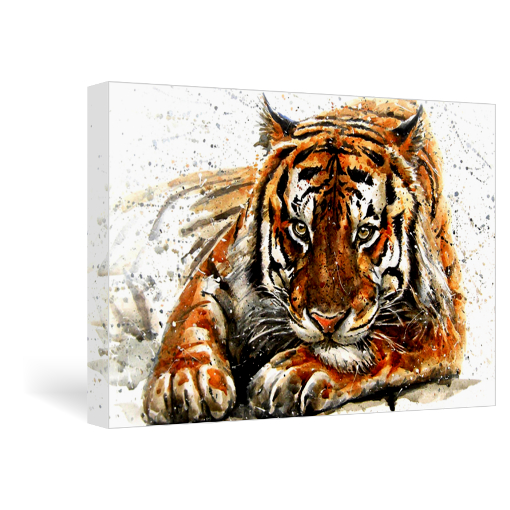This week we are making some changes with a couple products we offer. First due to occasional product availability issues we decided it has been necessary to replace the Epson Ultrasmooth Fine Art Paper. Its replacement may seem no different to some since it is almost an exact match but with a major brand name behind it that many in the giclee and photography world are familiar with. Second we will be making some improvements in how we produce the wood prints so that you can order larger sizes and also get more detail in the darker tones.
The Epson Ultrasmooth Fine Art Paper has been with us for a while but there have been times in which availability has been sparse due to Epson supply shortages. These shortages has made it difficult to count on as being available in the quantity we need. This led to us down a research path for a suitable replacement. For the replacement to meet the standards we looked for, the replacement paper had to be as close as possible to the original Epson Ultrasmooth. This means it had to be all 100% cotton. It had to be a natural white versus a bright white. Of course it had to have a very smooth surface. And finally, it had be incredibly archival which means little or no optical brighteners. Optical brighteners are the bleaching agents most papers have to give them their white point.
First we looked at the Canon Fine Art Natural which turns out to be the same paper but which a different label on the box. The problem is for whatever reason, unknown to us, Canon chose to only offer it in 36 inch wide rolls which limited the maximum size we could print on. Also, Canon too seems to experience shortages. This is obviously because they rely on the same manufacturer that Epson does.
Next we looked at the Hahnemühle Photo Rag which is very popular and seems almost identical except it is a little thicker than the Epson Ultrasmooth. Print quality is outstanding but unfortunately unlike the Epson Ultrasmooth it has a small amount of optical brighteners in its makeup. How today's optical brighteners are used in the manufacturing of the papers we use today are not necessarily a negative. Most of your archival fine art papers have these too some extent since they do not break down over time as quickly as they once did but we preferred in this instance to stick with something that is all cotton, smooth and without any of the OBAs. We are keeping this paper option as a possibility in the future since it is frequently requested but for now we decided to move on.
We finally looked at the Moab Entrada Rag Natural which for all practical purpose you would think is the same paper as the Hahnemühle Photo Rag (it is not unusual for us to find the same fine art paper labeled and provided under different brands). But there was one big difference: it had zero optical brighteners, therefore making it more archival. And print quality was outstanding. Because of these factors, our decision was to go with the Moab Entrada Rag Natural versus the Hahnemühle Photo Rag.
According to Moab, "Entrada Rag is what put the Moab brand on the map". This award-winning smooth fine art paper is 100% cotton, archival, acid- and lignin-free with an expanded color gamut, natural contrast.
I should add if you have adjusted your images to be optimal for the Epson Ultra-smooth Fine Art Paper and print on the Moab Entrada Rag with them, you should see very little difference if any. However we have posted the ICC profiles profile provided by Moab which you can download and use for soft proofing purposes to get the most accurate color possible.
If for some reason you absolutely have to have the Epson Ultrasmooth, let us know. We can still get it when available but it won't show up on our website. And for those that have begged for us to carry the Hahnemühle Photo Rag, also give us a call or e-mail. If enough people still continue to request it we may add it anyway.
Next, I want to briefly mention improvements with our new wood prints. To facilitate both much larger wood print sizes and what tests have shown as better detail in printing the inks are now being printed direct to the surface versus a film laminate which was heat melded to it. Since are not using some sort of dye sublimation or heat transfer process therefore color saturation is much better. Not only that but we are also using the award winning Canon Lucia Inks which means greater detail and print resolution. You may wonder how do we get a piece of wood through our printers. For now I am going to keep the full process a fun little secret but suffice is to say that it took a lot better than before and we are able to achieve a wider range of colors and tones. It also allows us to produce these much faster. As our wood prints become more popular we look forward to seeing where this will take us and the possibilities of producing wood based printed products you can order or offer your own customers.
Order Giclee Printing on Canvas
Printed using some of the highest archival standards in the industry, your photos or artwork will last for decades to come.
